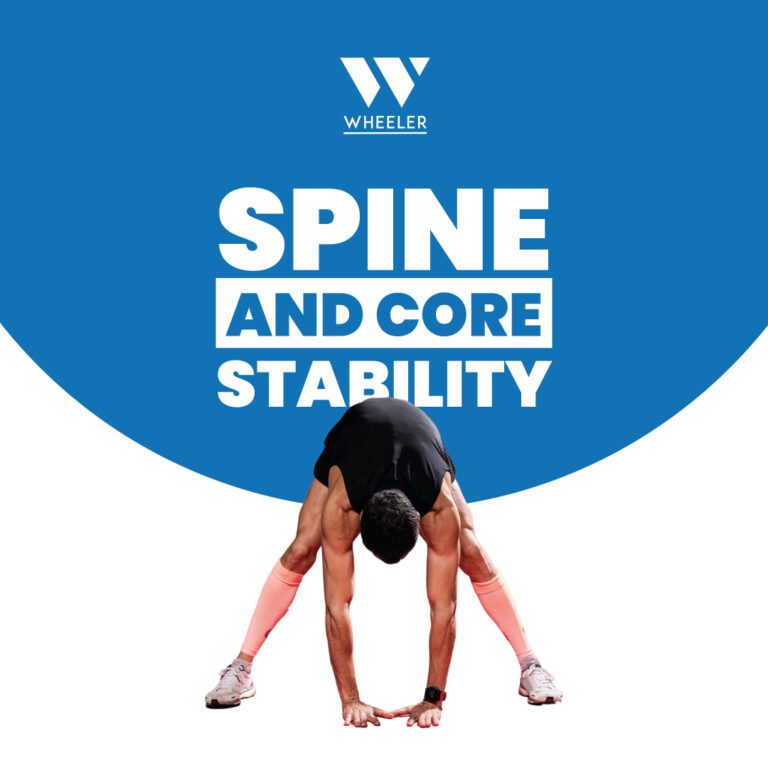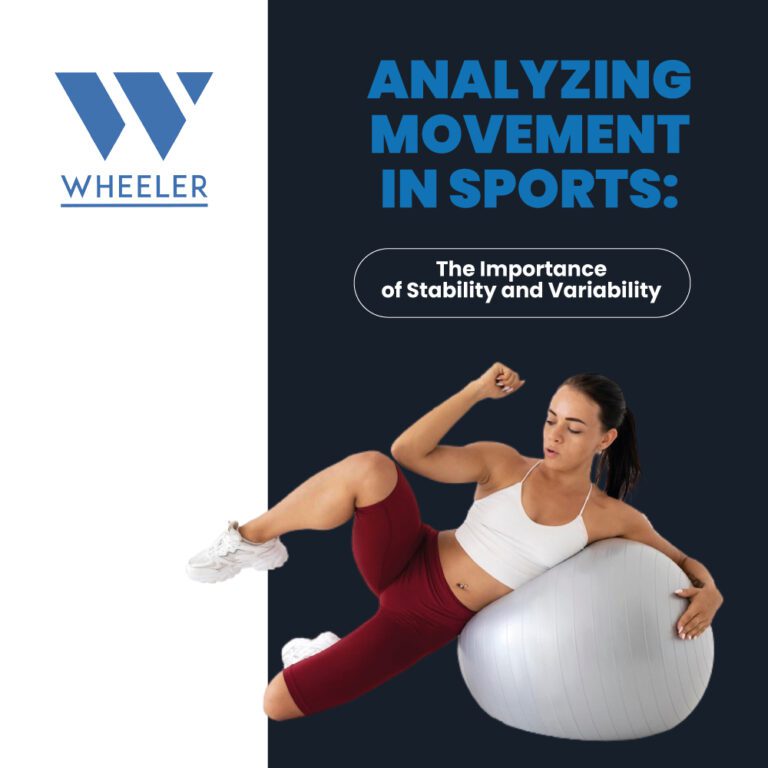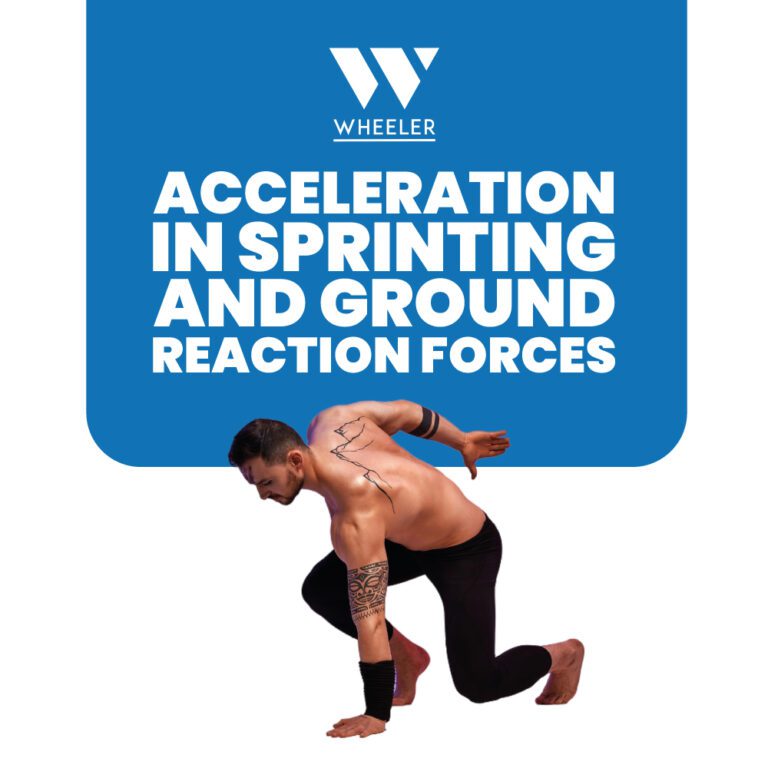
Fascia Training and Biotensegrity: A Revolutionary Approach to Wellness
In the ongoing pursuit of optimizing health and physical performance, understanding fascia and biotensegrity has emerged as a crucial area of study. These two concepts,

In the ongoing pursuit of optimizing health and physical performance, understanding fascia and biotensegrity has emerged as a crucial area of study. These two concepts,



In the world of physical training and rehabilitation, understanding how to maintain joint stability during high-intensity movements is essential for preventing injuries and maximizing performance.



Muscle co-contraction is a key phenomenon in the biomechanics of movement, especially in high-intensity activities. For physical trainers and physiotherapists, understanding how and when co-contraction



Sprinting is one of the most intense forms of exercise in athletics, where maximum speed generation and movement efficiency are crucial. One fundamental aspect that



Sprinting is a fundamental discipline in athletics, characterized by high-speed, precise technical execution. In the biomechanical study of this technique, biomechanical attractors play a crucial



In sports like soccer, basketball, and rugby, the ability to make quick and effective direction changes is crucial for performance and competitive advantage. Direction change



Thirty years ago, Dr. Stuart McGill revolutionized the understanding of spinal injury mechanics through videofluoroscopy studies, observing how joints behave during competitive lifts. One of



In the world of sports training, understanding how the human body moves is crucial for optimizing performance and preventing injuries. Today, I want to share



In the world of fitness, strength is not only measured by the ability to lift heavy weights but also by the ability to generate power



In this article, I aim to address misconceptions regarding the mechanical characteristics of acceleration in sprinting. We will analyze concrete data based on measurements from